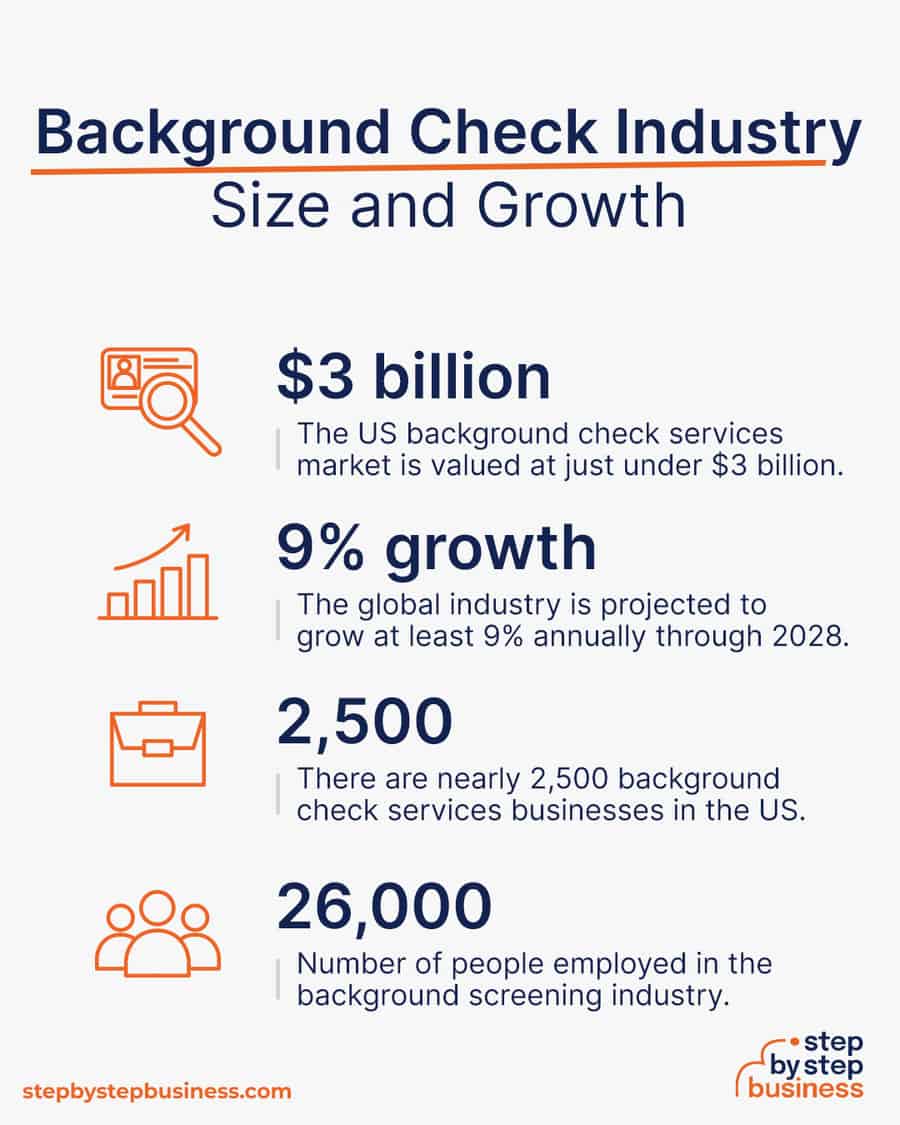Getting to know your customer is one of the most important things you can do to ensure you are providing the best possible customer experience. In this article, we will look at some of the important steps to take to find out if your customers are genuine, and whether you have the right tools to manage and maintain a relationship with them.
This process is called Know Your Customer (KYC). To know your business is to know about your customers, so your business is not put at risk.
Verify customers’ identities
Whether you are an online business or a traditional brick-and-mortar store, it is vital to verify customers’ identities before doing business. Having a robust customer verification program can help you stay compliant with regulations, improve your client experience, and even prevent identity fraud.
The Federal Trade Commission reported a 73% increase in identity theft cases from 2019 to 2020. In addition, businesses that do not verify customers’ identities before doing business could suffer heavy fines.
To verify customers’ identities, your company needs to perform a variety of different checks. For instance, you may ask a client to upload an identification card or a photo of himself. This may seem like a trivial step, but it helps prevent identity fraud.
Another way to verify customers’ identities is to perform a watchlist screening. This is an old method of customer verification. The purpose of a watchlist screening is to determine whether your customer is on a watchlist or not.
Assess customer risk
Using a risk-based approach, firms can identify the risk level of customers regarding each business relationship. This is especially useful when businesses are dealing with customers of different risk levels.
A risk-based approach uses statistical models and transparency techniques to rate customer risk. These models use regularly updated customer information to produce a more accurate risk score. The model should be simple to test and understand and should be able to adjust based on the underlying risk factors.
When assessing customer risk, companies should consider several factors, including products and services, geographical location, and compliance. These factors vary from business to business, but they are important in assessing customer risk.
Financial institutions are adopting new customer risk-rating models. These models use machine learning and statistical techniques to rate customer risk. Some banks have already adopted these models, and many more are testing prototypes.
A risk-based approach is also important when businesses are doing business internationally. Some countries have a higher risk of money laundering. However, there are some countries with lower risks. It is also important to consider the nature of the business. For example, if a business sells tangible products, it may only need to do limited checks. However, if the business sells services, it may need to conduct more detailed reviews.
Conduct customer due diligence
Performing customer due diligence for your business is an essential part of identifying potential customers, assessing their financial risks, and mitigating their potential for fraud. Failure to perform this task could put your business at risk of facing civil or criminal investigations. These investigations could involve the Justice Department, numerous regulators, and economic sanctions.
The Federal Financial Action Task Force (FATF) defines customer due diligence as “the process of identifying, assessing, and minimizing the risks of client fraud and money laundering.” Customer due diligence is necessary for financial institutions to comply with anti-money laundering laws.
When you are conducting know your customer due diligence, you should gather as much information as possible. This can include the customer’s name, address, and date of birth. Then, you will cross-reference the information with an official document. This can provide great insight.
The information you gather during the customer due diligence process must stay secure. If the information is ever lost or stolen, it can cause damage.
Find a partner
Whether you are starting a new business or are an experienced business owner, a business partner can add a lot of value to your business. A partner can help you know your business goals, accelerate your business, and meet the needs of your customer.
When choosing a business partner, take time to consider your strengths and weaknesses. A partner can help you leverage your weaknesses while using your strengths. They will also be motivated to invest money and energy in your business. Before deciding on a partner, you should research your potential partner’s company.
You should also look for references from your potential partner. This can include former coworkers, friends, and family. Also, you should thoroughly research potential partners on the Internet. You can do this through Google, Facebook pages, and LinkedIn.
You should also look at the values of your potential partner. You need to find someone who shares your values and goals, and who is willing to commit to working with you. You want someone who supports your decisions and can take on a leadership role in your business.

